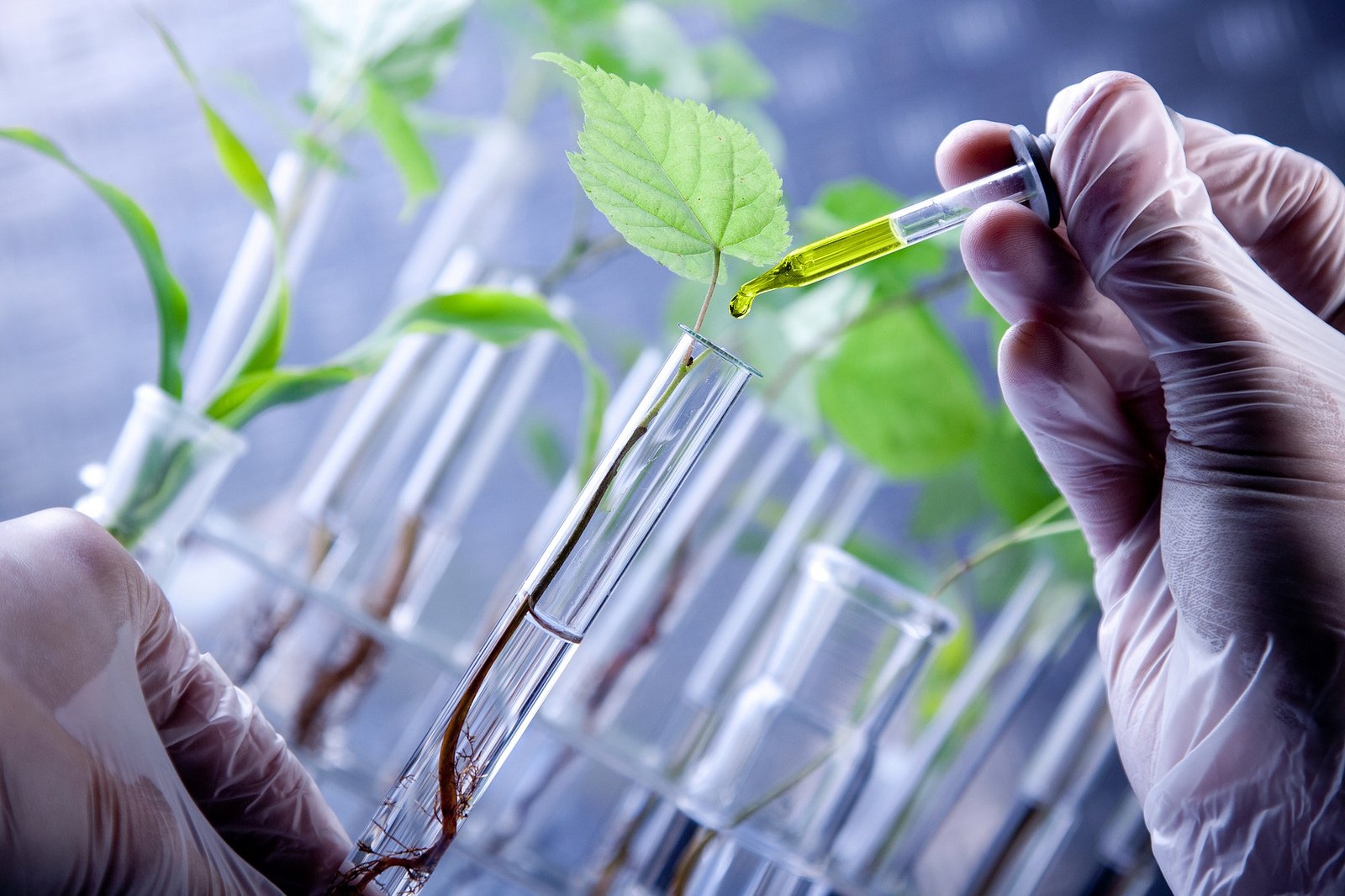BIOTECHNOLOGY AND PHARMACEUTICALS: WHAT'S THE DIFFERENCE?

Both biotechnology and pharmaceutical companies produce drugs, but drugs produced by biotechnology companies are derived from living organisms, whereas drugs produced by pharmaceutical companies usually have a chemical basis.
The emergence of the term biopharma further complicates the situation. The term describes companies that use both biotechnology and chemical sources in their medical research and development. (R&D).
Key findings
- Biotechnology companies derive their products by extracting living organisms or manipulating them.
- Pharmaceutical companies create drugs from chemicals and synthetic processes.
- In the world of investing, both of these sectors are important industries with very different risk profiles, despite their common similarities.
Biotechnology
Common products such as beer and wine, laundry detergents, and anything made from plastic are all biotechnology products. Humans have used biotechnology since ancient times to breed animals and improve crops.
However, in today's financial world, biotech companies make up the industry known collectively as biotechnology. They research, develop and manufacture a wide range of commercial products, although most of them are focused on applications in medicine or agriculture.
Biotechnology firms use the processes of living organisms in the production of products or problem solving. Identifying and searching for DNA has helped the industry make big leaps. Companies in the sector have developed pest-resistant crops, created biofuels such as ethanol, and developed gene cloning.
Biopharmaceuticals were also widely introduced. Some of the most commonly used biotechnological medical products introduced recently include the following:
- AbbVie Humira is used to treat arthritis, psoriasis and Crohn's disease, as well as other ailments.
- Rituxan Roche is used to slow the growth of tumors in several types of cancer.
- Amgen/Pfizer's Enbrel is used to treat several autoimmune diseases.
The leading U.S. biotech firms by market capitalization at the end of 2019 were Amgen Inc., Novo Nordisk, CSL, and Gilead Sciences.
In recent years, biotech startups have grown alongside computer technology companies in Silicon Valley. The goal of most of them is to use biotechnological processes to create revolutionary drugs.
According to some forecasts, by 2026, medical biotechnologies alone will reach $ 500 billion.
Pharmaceuticals
Pharmaceutical companies as an industry research, develop and sell drugs made primarily from artificial sources.
Some modern pharmaceutical companies have a long history, such as Bayer AG, a German company whose founder registered the brand name aspirin in 1899. As of 2019, the world's leading pharmaceutical company was Johnson & Johnson, followed by Novartis and Merck.
Pharmaceutical products can take many years to go through the stages of research and development before they finally hit the market. Part of the lengthy R&D process involves obtaining approval from the Food and Drug Administration (FDA).
The largest companies in this sector show stable results, but this area continues to grow due to the regular opening of new companies.
Business in the field of biotechnology and pharmaceuticals
Purely from the investor's point of view, biotechnology and pharmaceuticals are very different proposals. An analyst will look at the amount a firm spends on research and development (R&D) as a percentage of sales to compare one company to another.
Biotech companies tend to incur very high operating costs as they engage in research, development, and testing that takes years to complete. The result can be a historic breakthrough or a complete failure. Investors in their stocks are waiting, up or down.
In addition, this industry may face obstacles to the development of new products if research or the final product is considered harmful.
While pharmaceutical companies usually have exclusive rights to produce and distribute their drugs for five years, biotechnologies can obtain patent protection within 12 years.
By comparison, large pharmaceutical companies have a steady stream of revenue from current products, while continuing research and development aimed at improving existing products or creating new ones.
Pharmaceutical companies try to maintain a constant flow of new products at different stages of development.The process of developing a new drug can take up to 15 years. The FDA requires that most new drugs go through several stages of testing, which in itself can take up to eight years.13 14 In addition, even if a company brings a new drug to market, it does not mean that it will receive widespread approval and use by doctors.
Gist
Both pharmaceutical and biotech companies face an expensive process that, if successful, could lead to the production of extremely profitable products. However, this process is extremely unpredictable, which for a small biotechnology firm may be too detrimental and irreplaceable. Pharmaceutical companies, thanks to their larger size and diversified revenue base, are usually able to withstand setbacks and failures.
- Arts
- Business
- Computers
- Jogos
- Health
- Início
- Kids and Teens
- Money
- News
- Recreation
- Reference
- Regional
- Science
- Shopping
- Society
- Sports
- Бизнес
- Деньги
- Дом
- Досуг
- Здоровье
- Игры
- Искусство
- Источники информации
- Компьютеры
- Наука
- Новости и СМИ
- Общество
- Покупки
- Спорт
- Страны и регионы
- World


